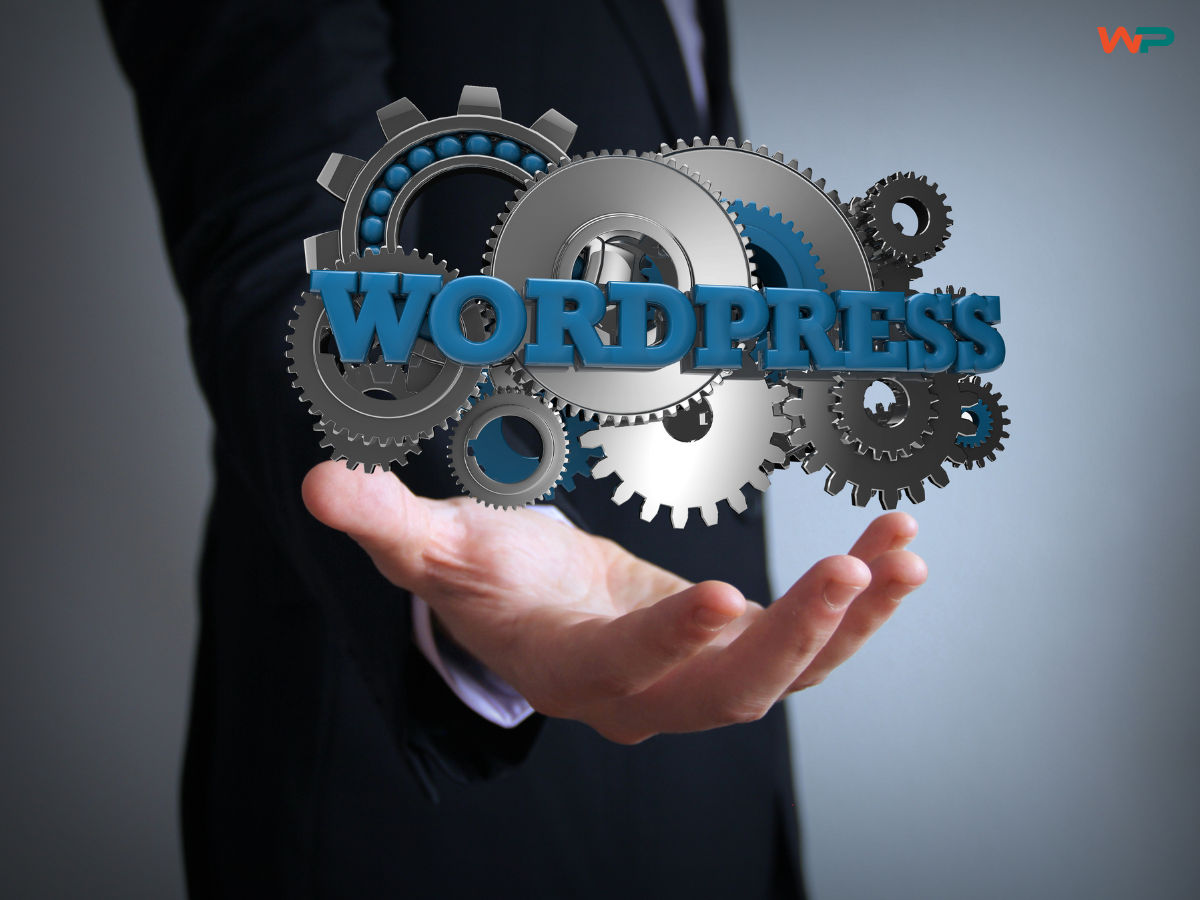WordPress Customization: How to Make Your Website Stand Out

Nowadays having a website is essential for businesses, bloggers, and anyone looking to share their message with the world. But just having a website is not enough. It needs to stand out. WordPress, one of the most popular website-building platforms, offers powerful customization options to help you create a unique and engaging online presence. This article will explore how to make your WordPress website stand out through effective customization.
The Power of WordPress Customization
WordPress is more than just a platform for building websites; it’s a tool that allows you to express your brand’s personality and meet your specific needs. With thousands of themes, plugins, and customization options, you can design a website that looks and functions exactly how you want. The key is to use these tools wisely to create a site that is not only visually appealing but also user-friendly and efficient.
Understanding Your Audience
Before diving into customization, it’s crucial to understand who your audience is. Knowing your audience’s preferences, behaviors, and needs will guide your design choices and content strategy. For example, if your audience is young and tech-savvy, you might choose a modern, dynamic theme with interactive elements. On the other hand, if you are targeting professionals, a clean, minimalist design might be more appropriate.
Choosing the Right Theme
The theme of your WordPress site is like its foundation. It sets the tone and style for everything else. When choosing a theme, consider factors such as layout, typography, color schemes, and responsiveness (how well the site works on different devices). WordPress offers both free and premium themes, so take your time to find one that matches your brand’s identity. A good theme should be flexible enough to allow further customization and should load quickly to keep users engaged.
For Example, you can choose Astra or Generatepress theme for your blog website, Woodmart or Flatsome theme for eCommerce store or Jnews theme for your magazine or news website.
Customizing the Visual Elements
Once you have chosen a theme, it is time to personalize the visual elements. This includes things like your site’s colors, fonts, images, and layout. Use your brand’s colors and logos to create a cohesive look. You can customize your website’s header, footer, and sidebar to make it more aligned with your brand. Remember, consistency in visual elements builds trust and makes your website more memorable.
WordPress Site Speed Optimization and Performance
A website that takes too long to load can drive visitors away, no matter how good it looks. Optimizing your site’s speed is crucial for both user experience and search engine rankings. Simple steps like compressing images, enabling browser caching, and using a Content Delivery Network (CDN) can significantly improve your site’s performance. Regularly checking your site’s speed and performance will ensure it remains fast and efficient.
For Example, you can use these plugins for WordPress site speed optimization like WP Rocket, Airlift, W3 Total Cache or WP Smush.
The Power of Plugins
Plugins are like apps for your WordPress site. They add extra features and functionality. Whether you want to add a contact form, improve security, or integrate social media, there’s likely a plugin for that. But be cautious not to overload your site with too many plugins, as this can slow it down. Stick to the essentials and choose plugins that are well-rated and regularly updated.
Implementing SEO Best Practices
Search Engine Optimization (SEO) is vital for making your website discoverable. By implementing SEO best practices, you can improve your site’s ranking on search engines like Google. Start by using an SEO plugin like Yoast SEO or All in One SEO to guide you through optimizing your site’s content, meta descriptions, and keywords. Also, ensure that your site is mobile-friendly, as search engines favor sites that perform well on all devices.
Enhancing User Experience
A well-designed website is one that offers an excellent user experience. This means making it easy for visitors to navigate your site, find information, and interact with your content. Simple things like clear menus, easy-to-read fonts, and accessible contact information can make a big difference. Consider adding features like live chat support or a blog to engage with your audience more effectively.
Leveraging Social Media Integration
Social media is a powerful tool for driving traffic to your website and building your brand. By integrating social media buttons, sharing options, and feeds into your WordPress site, you can encourage visitors to share your content and follow you on various platforms. This not only helps in increasing your reach but also makes your website more interactive and connected to your audience.
Analyzing and Refining Your Strategy
Finally, customization is an ongoing process. As your audience grows and changes, so should your website. Regularly analyze your site’s performance using tools like Google Analytics to see what’s working and what’s not. Use this data to make informed decisions about future customizations and updates. Whether it’s tweaking your content strategy or adding new features, staying adaptable will keep your site fresh and relevant.
Conclusion
WordPress customization offers endless possibilities for making your website stand out. By understanding your audience, choosing the right theme, optimizing your site’s speed and leveraging plugins and SEO, you can create a website that not only looks great but also performs exceptionally well. Remember, the key to a successful website is one that evolves with your audience and continues to deliver value. With the right customization strategy, your WordPress site can become a powerful tool for achieving your online goals.

Add a Comment